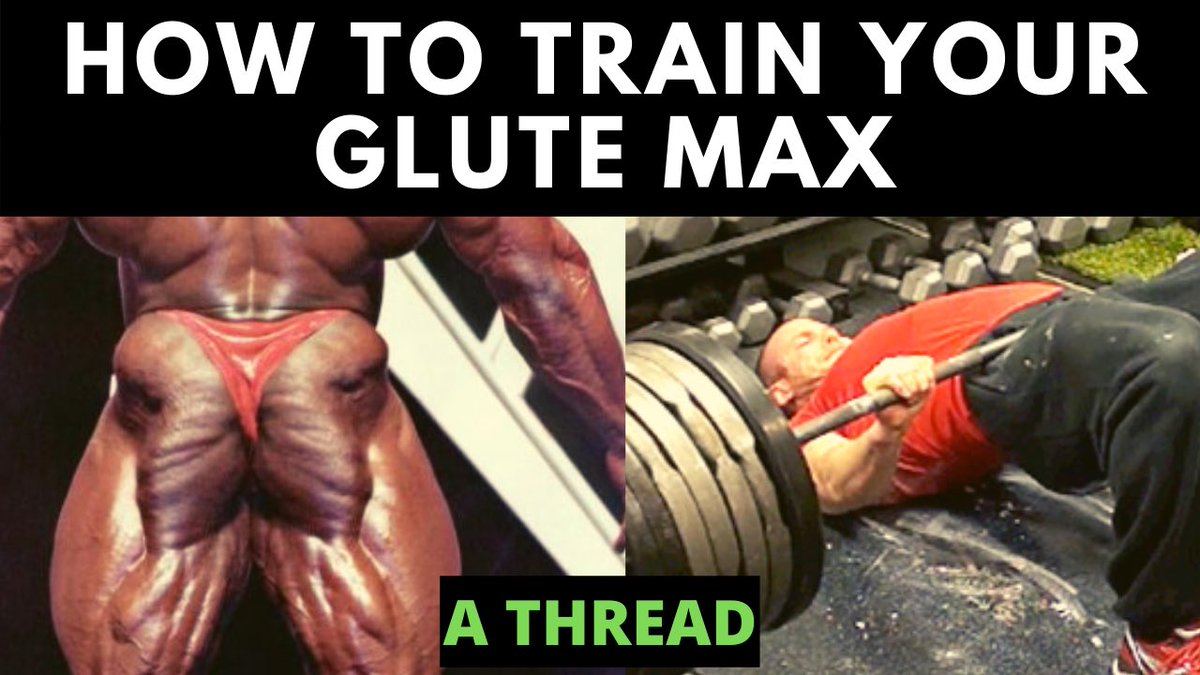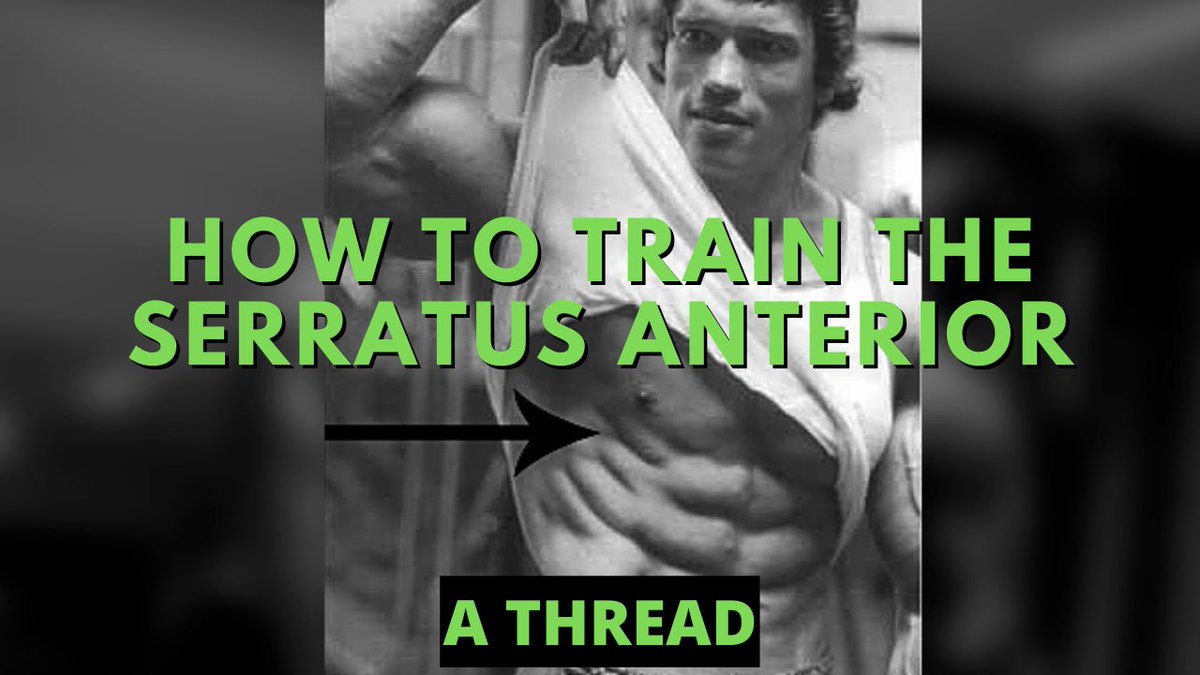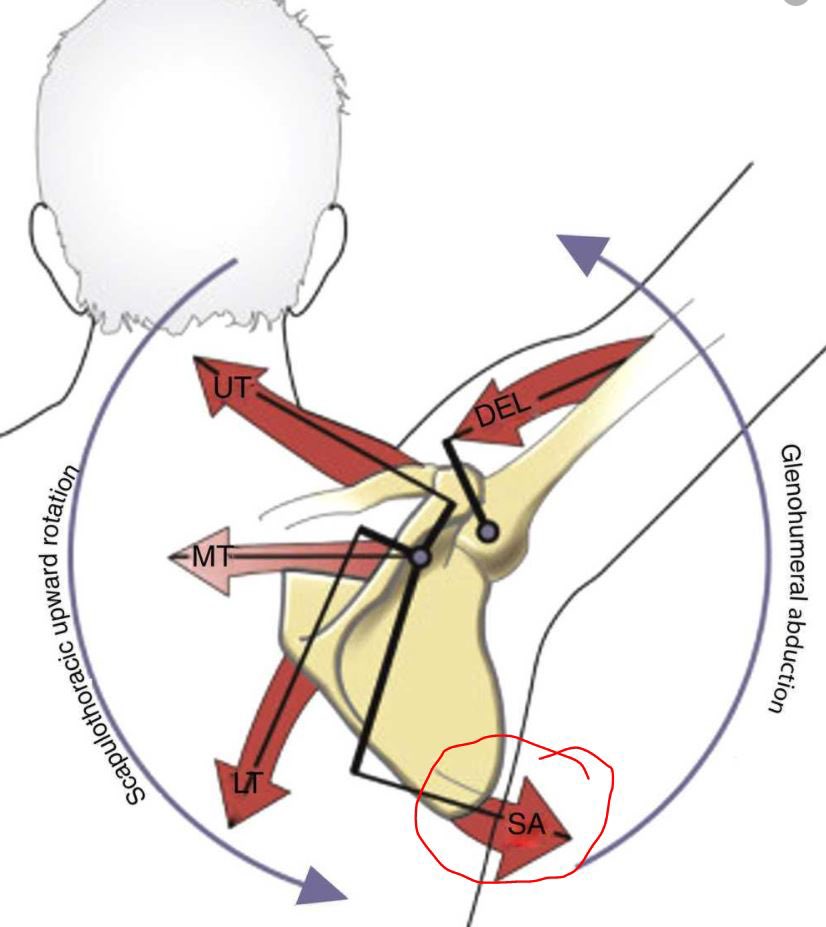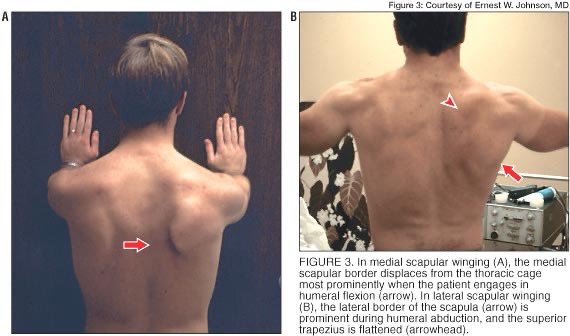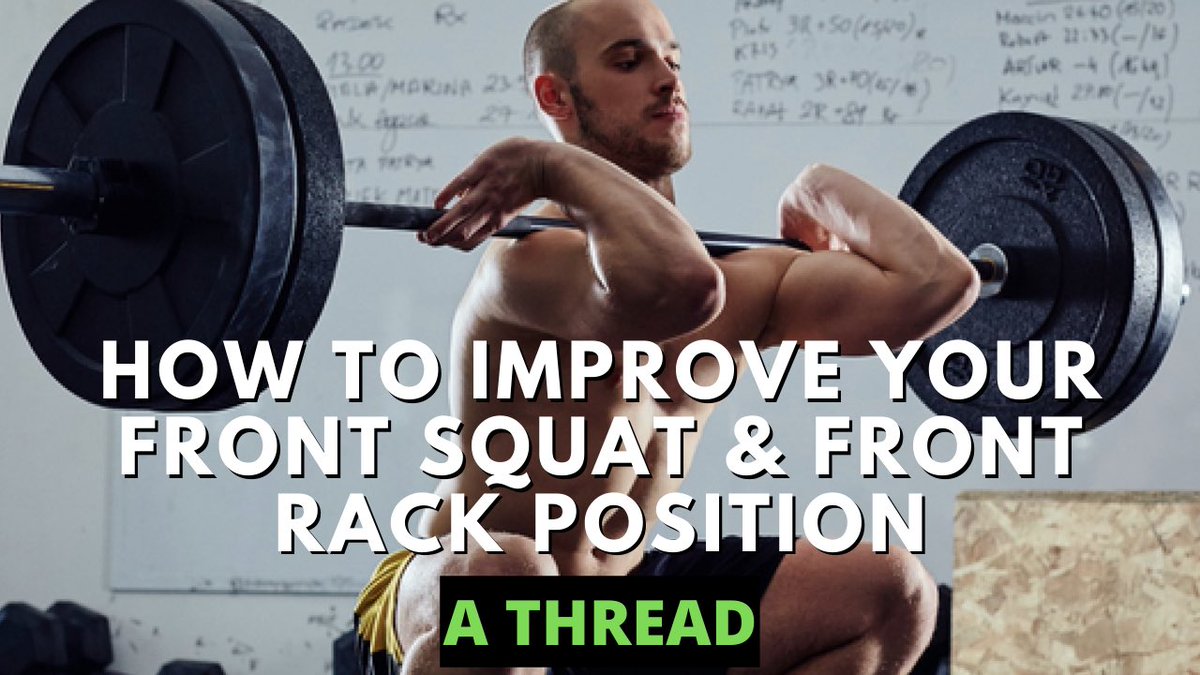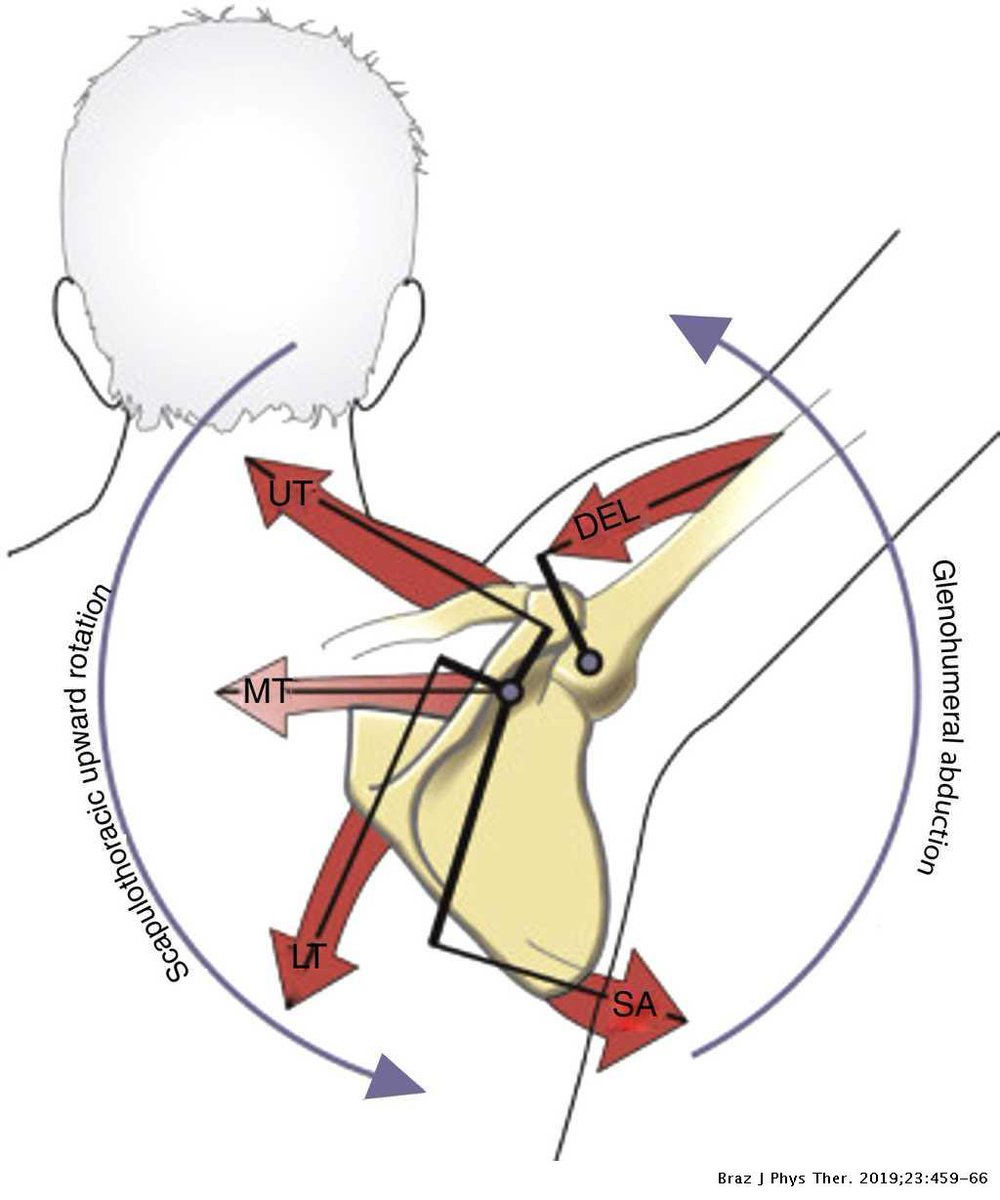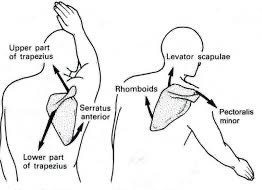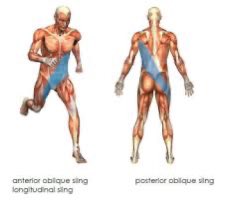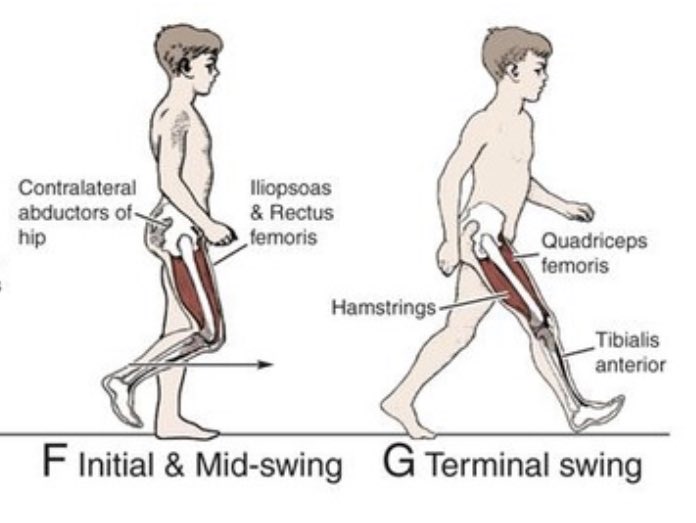
A thread on the biomechanics of a lateral lunge - and why it’s an amazing position for those with tight glutes & piriformis.
This position is know for training the frontal plane, but it’s so much more than that.
Depending on how you do it, you can improve movement mechanics..
This position is know for training the frontal plane, but it’s so much more than that.
Depending on how you do it, you can improve movement mechanics..
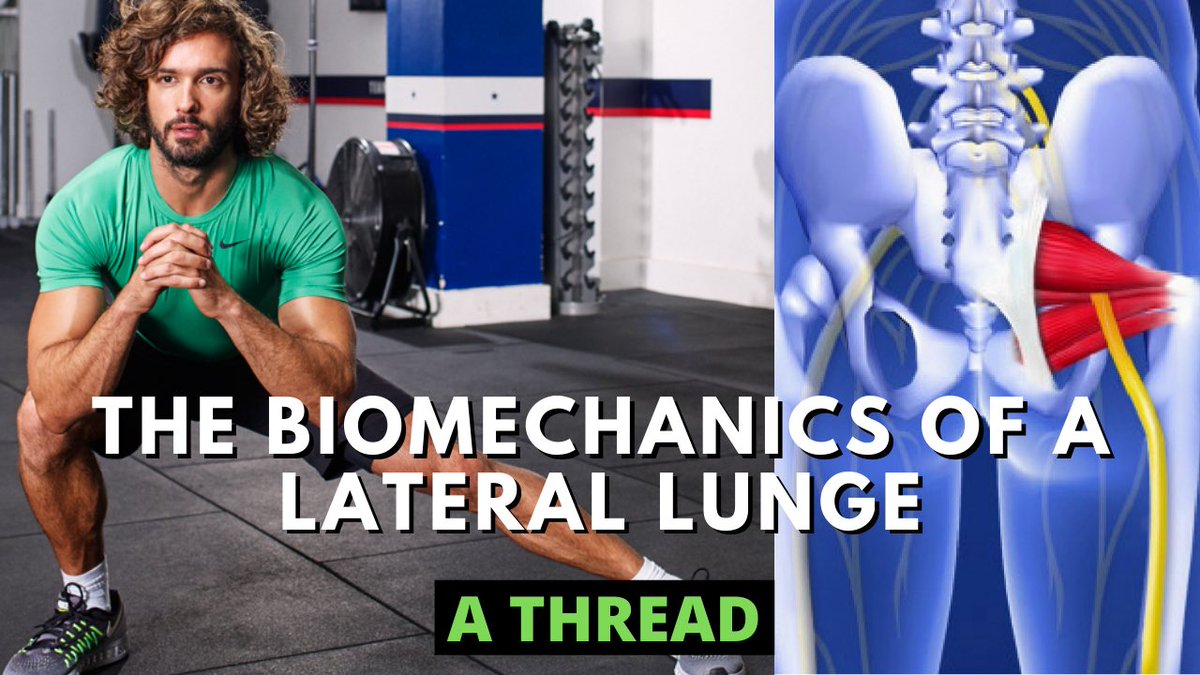
through an understanding of the constraints you can use with the exercise.
The lateral “lunge” is honestly a hinge, and that distinction matters when appreciating the context of when we should choose it in a program.
When we hinge, the pelvic inlet (top) comes closer together
The lateral “lunge” is honestly a hinge, and that distinction matters when appreciating the context of when we should choose it in a program.
When we hinge, the pelvic inlet (top) comes closer together
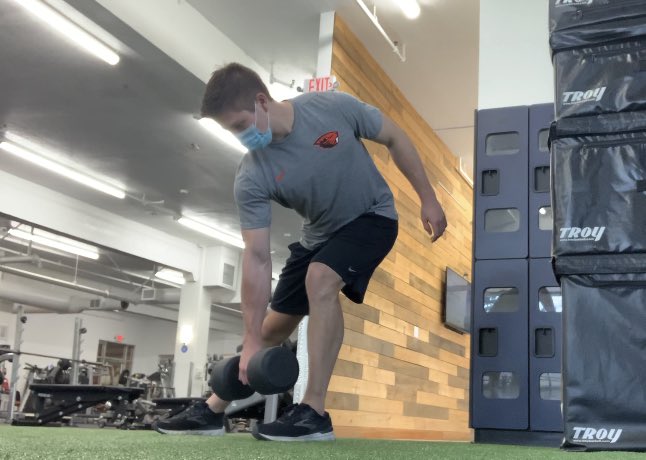
while the pelvic outlet (bottom) spreads apart.
Notice where the posterior hip musculature (glutes & that all-so- known piriformis) attach.
When we hinge, we are essentially “spreading apart” that musculature while the pelvis goes into:
-Internal Rotation
-Adduction
-Extension
Notice where the posterior hip musculature (glutes & that all-so- known piriformis) attach.
When we hinge, we are essentially “spreading apart” that musculature while the pelvis goes into:
-Internal Rotation
-Adduction
-Extension
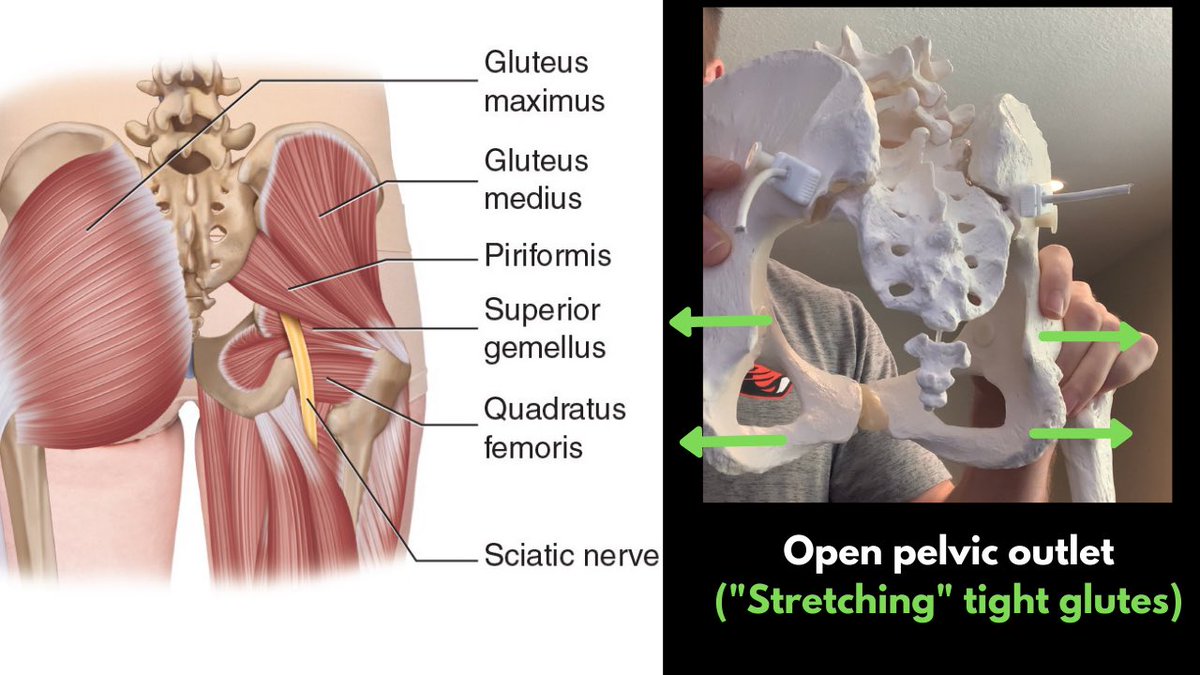
If hips are tight posteriorly, usually the pelvis is in a position where it is the opposite of a hinge - the inlet is open and outlet is closed. 
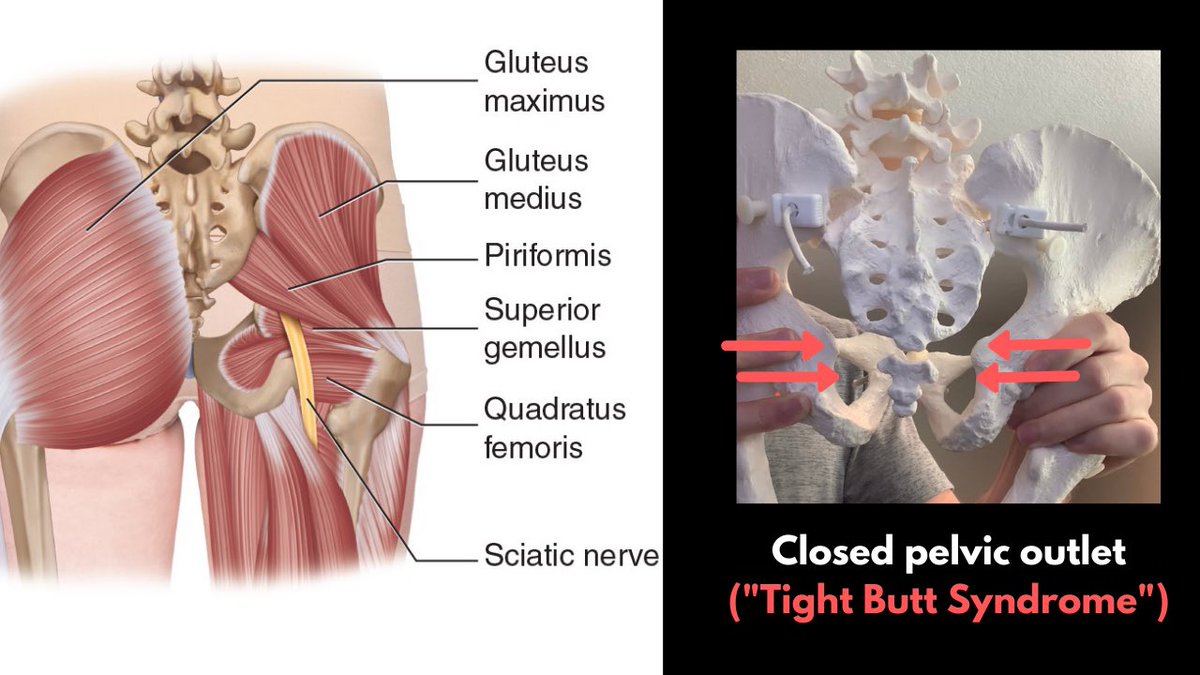
We can further increase the bias of expansion of that posterior hip musculature through elevating the foot (to sink deeper) and the front toes.
This ⬆️ dorsiflexion which is usually coupled with IR, ADD, EXT and also allow for ⬆️ hinging capabilities to open the pelvic outlet.
This ⬆️ dorsiflexion which is usually coupled with IR, ADD, EXT and also allow for ⬆️ hinging capabilities to open the pelvic outlet.
Notice how the foot we lean off of is in more of a pronated state and the side we are lunging to has ⬆️ capability for heel reference
This is similar to how gait works, therefore I like to cue it accordingly.
Feel the pronation as they push, sense the lateral border of the heel
This is similar to how gait works, therefore I like to cue it accordingly.
Feel the pronation as they push, sense the lateral border of the heel
as they sink down.
Holding a weight in the contralateral arm is also important to ⬆️ ability to sense the heel and push the hips back as the weight serves as a counterbalance to do so.
If someone has really tight hips, we can hold the bottom position isometrically for a while
Holding a weight in the contralateral arm is also important to ⬆️ ability to sense the heel and push the hips back as the weight serves as a counterbalance to do so.
If someone has really tight hips, we can hold the bottom position isometrically for a while
to ⬆️ duration of expansion
So, if you or someone you train has tight posterior hips and/or a piriformis, this is a fantastic position.
We can also ⬆️ specificity to human movement by simply creating awareness of the foot references to also ⬆️ the biomechanical outcomes we want
So, if you or someone you train has tight posterior hips and/or a piriformis, this is a fantastic position.
We can also ⬆️ specificity to human movement by simply creating awareness of the foot references to also ⬆️ the biomechanical outcomes we want
• • •
Missing some Tweet in this thread? You can try to
force a refresh

